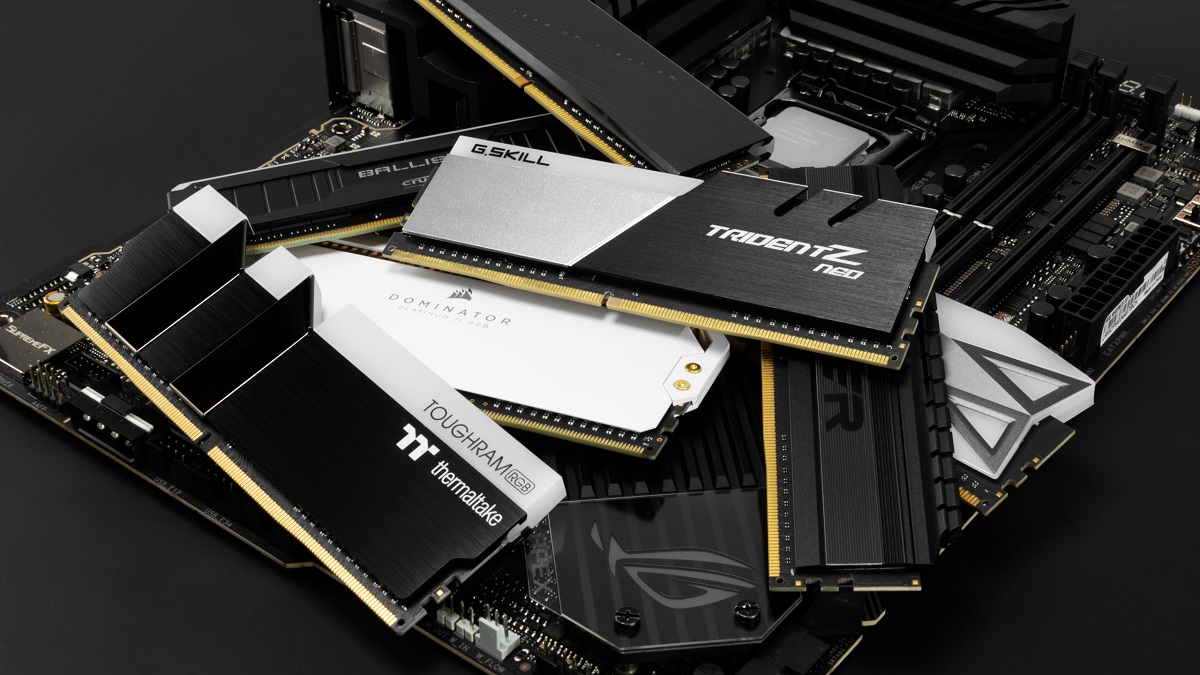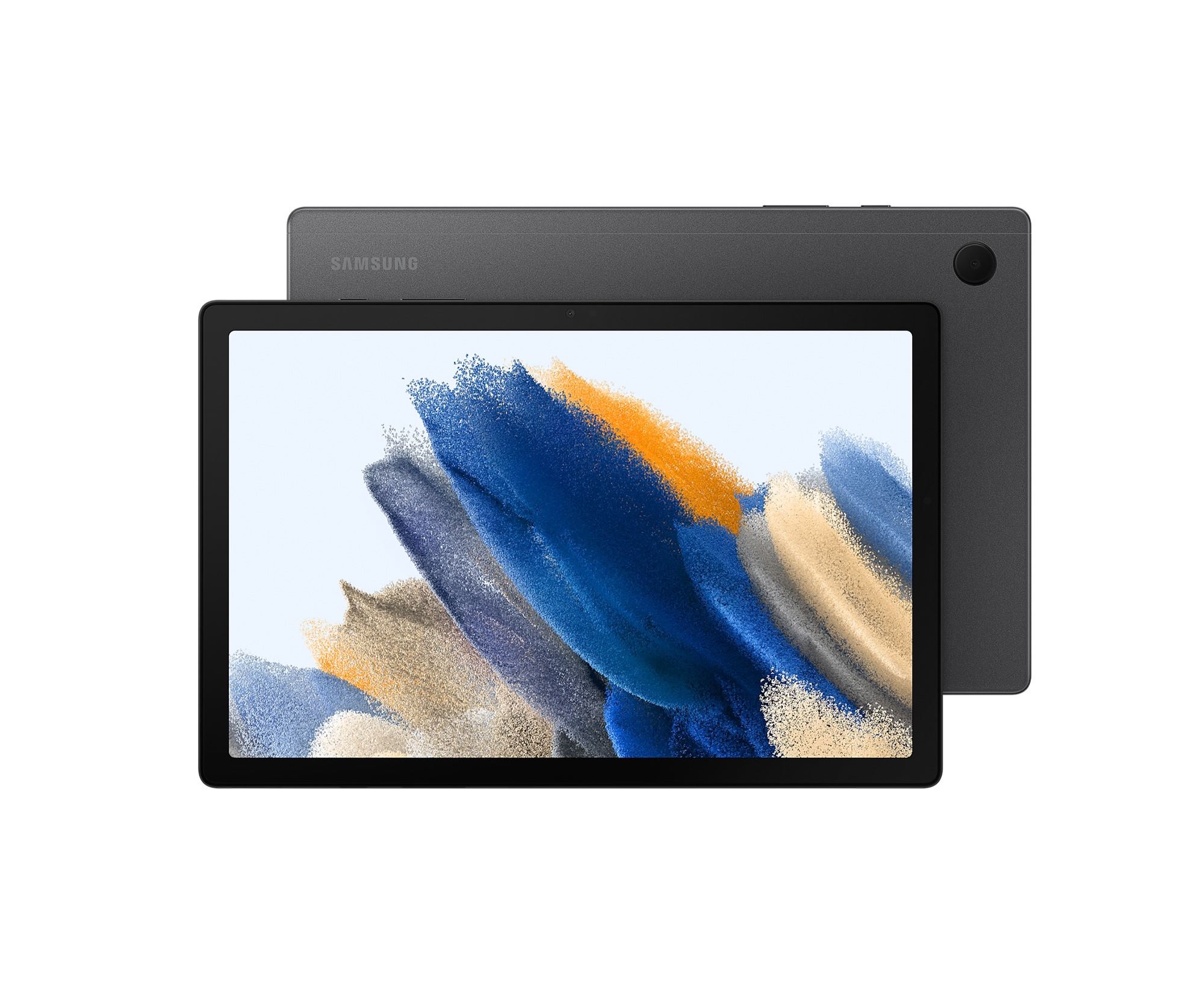Introduction
In the world of computers, RAM (Random Access Memory) is an essential component that directly impacts the performance and speed of a system. It is responsible for storing data that is actively being used by the computer, allowing for quick access and retrieval. As technology continues to advance and software becomes more demanding, RAM requirements for modern devices are also on the rise.
However, just like any other piece of hardware, RAM has a limited lifespan. Over time, it can wear out and start experiencing problems, leading to a decline in performance or even complete failure. As a computer user, it is important to understand the factors that affect the lifespan of RAM, how to recognize signs of failure, and what you can do to extend its lifespan.
In this article, we will explore the factors that affect the lifespan of RAM, the average lifespan you can expect, signs of RAM failure, and tips to maximize the longevity of your RAM. By understanding these aspects, you can ensure that your computer performs optimally and avoid the hassle of unexpected RAM failures.
Factors that affect RAM lifespan
The lifespan of RAM can vary depending on several factors. Understanding these factors can help you make informed decisions when it comes to purchasing and maintaining your computer’s RAM. Here are some key factors that influence the lifespan of RAM:
- Quality of RAM: The quality of the RAM modules you purchase plays a significant role in determining their lifespan. High-quality RAM from reputable manufacturers tends to have better durability and longevity compared to lower quality alternatives.
- Operating Conditions: The operating conditions of your computer, such as temperature and humidity, can impact the lifespan of the RAM. Excessive heat or moisture can cause damage to the RAM modules over time. It is crucial to maintain proper ventilation and avoid exposing your computer to extreme environmental conditions.
- Overclocking: Overclocking refers to running the RAM at a higher frequency than its default specifications. While this can provide a performance boost, it also puts additional stress on the RAM modules, potentially reducing their lifespan.
- Voltage Stability: The stability of the voltage supplied to the RAM modules is crucial for their longevity. Fluctuations in voltage can cause damage to the RAM over time. Ensuring a stable power supply and using a reliable power source can help prevent such issues.
- Electrostatic Discharge: Electrostatic discharge (ESD) can occur when handling RAM modules without proper precautions, such as wearing an anti-static wrist strap. ESD can damage the RAM components and significantly reduce their lifespan. It is important to follow proper ESD protection practices when installing or handling RAM.
- Usage Patterns: The way you use your computer can affect the lifespan of RAM. Running memory-intensive tasks, such as heavy gaming or video editing, for extended periods can put additional strain on the RAM modules. Frequent read/write operations and constant data transfers can also contribute to wear and tear over time.
By being mindful of these factors and taking appropriate measures to mitigate potential risks, you can prolong the lifespan of your RAM modules and ensure a smoother computing experience.
Average lifespan of RAM
The average lifespan of RAM can vary depending on various factors, such as the quality of the modules, usage patterns, and operating conditions. While it is difficult to provide an exact lifespan, it is generally expected that RAM modules should last for several years before showing signs of failure.
On average, RAM modules can last anywhere between 3 to 10 years. High-quality RAM from reputable manufacturers generally has a longer lifespan compared to lower quality alternatives. Factors such as frequency of usage, intensity of operations, and proper maintenance practices can also influence the longevity of RAM.
It is important to note that RAM failure does not usually occur abruptly. Instead, it often starts with intermittent errors, system crashes, or slowdowns. These issues gradually worsen over time, indicating that the RAM modules are reaching the end of their lifespan.
Keep in mind that advancements in technology can also impact the lifespan of RAM. As software becomes more resource-intensive, older RAM modules may struggle to keep up with the demands, resulting in degraded performance. Upgrading to newer and faster RAM may be necessary to ensure optimal system performance.
If you are experiencing frequent crashes, blue screens of death, or other memory-related errors, it could be a sign that your RAM is failing. In such cases, it is recommended to run diagnostic tests and consider replacing the faulty modules.
Regularly monitoring the health of your RAM and taking proactive measures, such as optimizing memory usage and maintaining proper system hygiene, can help extend its lifespan.
While the average lifespan of RAM provides a general guideline, it is important to remember that individual experiences may vary. Factors such as usage patterns, environmental conditions, and overall system maintenance practices play a significant role in determining the longevity of RAM modules.
Signs of RAM failure
RAM failure can manifest in various ways, and recognizing the signs of a failing RAM module is crucial to ensure timely troubleshooting and replacement. Here are some common indicators that your RAM may be experiencing issues:
- Frequent system crashes: If your computer frequently crashes, freezes, or experiences blue screen errors, it could be a sign of RAM failure. The system relies on RAM to store and retrieve data, and when the RAM is faulty, it can lead to unstable system behavior.
- Random reboots: Does your computer suddenly restart without any warning? This unexpected reboot can be a result of faulty RAM causing the system to crash and restart abruptly.
- System slowdowns: RAM failure can also result in noticeable system slowdowns. If your computer takes longer to boot up, open applications, or perform tasks that were previously fast, it could be due to a failing RAM module.
- Memory-related errors: Look out for error messages related to system memory, such as “Memory Management” or “Bad Pool Header.” These error messages often indicate RAM-related issues.
- Data corruption: Faulty RAM can lead to data corruption or data loss. If you start experiencing frequent file errors, unable to save files correctly, or files becoming corrupted, it may be a sign of RAM issues.
- Failed diagnostic tests: Running diagnostic tests specifically designed to test RAM, such as Memtest86, can help identify any faulty RAM modules. If the tests indicate errors or failures, it is a clear indication of RAM problems.
- Intermittent issues: RAM failure does not always occur consistently. Sometimes, the issues may be intermittent, with the system functioning normally at times and experiencing problems at other times. This inconsistency can make it challenging to pinpoint the cause of the problem but is still an indication of potential RAM issues.
If you notice any of these signs, it is important to take action to address the RAM problems. Depending on the severity of the issues, you may need to replace the faulty RAM module(s) to restore the stability and performance of your computer.
How to extend the lifespan of RAM
While RAM has a limited lifespan, there are several measures you can take to maximize its longevity and ensure optimal performance. Here are some tips to help extend the lifespan of your RAM:
- Provide proper ventilation: Heat is one of the biggest enemies of electronic components, including RAM. Ensure that your computer has adequate ventilation to dissipate heat and prevent the RAM modules from overheating. Keep your computer clean from dust and debris, especially around the RAM slots and cooling fans.
- Avoid overclocking: Overclocking RAM can provide a performance boost, but it puts additional stress on the modules and can shorten their lifespan. Stick to the default specifications provided by the manufacturer to ensure stability and longevity.
- Use a reliable power supply: Fluctuations in voltage can damage RAM. Invest in a high-quality power supply that provides stable and clean power to your system. Avoid power surges and use a surge protector to protect your computer from electrical issues.
- Practice safe handling: Use caution when installing or handling RAM modules to avoid electrostatic discharge (ESD) damage. Wear an anti-static wrist strap and handle the modules by their edges. Store unused RAM modules in anti-static bags to prevent damage from static electricity.
- Minimize unnecessary read/write operations: Frequent read/write operations put additional strain on RAM. Close unnecessary applications and processes running in the background to reduce the workload on your RAM modules. Avoid excessive swapping or using virtual memory excessively.
- Keep software and drivers updated: Outdated or incompatible software and drivers can cause memory-related issues. Regularly update your operating system, drivers, and applications to ensure compatibility and stability, reducing the chances of RAM problems.
- Run regular system maintenance: Perform regular system maintenance tasks like disk cleanup and defragmentation to optimize your system’s performance. This helps reduce the burden on your RAM and can contribute to its longevity.
- Monitor system temperatures: Use monitoring software to keep track of CPU and system temperatures. Elevated temperatures can affect the overall health of your system, including the RAM. If temperatures are consistently high, consider upgrading your cooling system.
- Invest in high-quality RAM: Choosing high-quality RAM modules from reputable manufacturers can significantly improve their lifespan. Invest in reliable and well-reviewed RAM to ensure longevity and performance.
By following these guidelines, you can maximize the lifespan of your RAM modules and ensure that your computer runs smoothly for an extended period, providing you with a seamless computing experience.
Conclusion
RAM is a crucial component for the performance and speed of your computer. Understanding the factors that affect its lifespan and taking steps to maximize its longevity can ensure smooth and reliable system operation.
We discussed the various factors that influence the lifespan of RAM, including the quality of the modules, operating conditions, overclocking, voltage stability, electrostatic discharge, and usage patterns. By being aware of these factors, you can make informed decisions when purchasing RAM and implement measures to protect and maintain it.
While the average lifespan of RAM can range from 3 to 10 years, individual experiences may vary based on usage patterns and other factors. It is important to look out for signs of RAM failure, such as frequent crashes, random reboots, system slowdowns, memory-related errors, and data corruption. Addressing these issues promptly can help prevent further damage and ensure uninterrupted system performance.
We also discussed several tips to extend the lifespan of your RAM, including providing proper ventilation, avoiding overclocking, using a reliable power supply, practicing safe handling, minimizing read/write operations, keeping software and drivers updated, running regular system maintenance, monitoring system temperatures, and investing in high-quality RAM modules.
By implementing these practices, you can increase the lifespan of your RAM and optimize the performance of your computer. However, it is important to keep in mind that technology and software advancements may eventually require upgrades to keep pace with the demands of modern systems.
In conclusion, understanding the lifespan of RAM, recognizing signs of failure, and adopting preventive measures can help you make the most of this crucial component, ensuring the longevity and efficiency of your computer system.

























